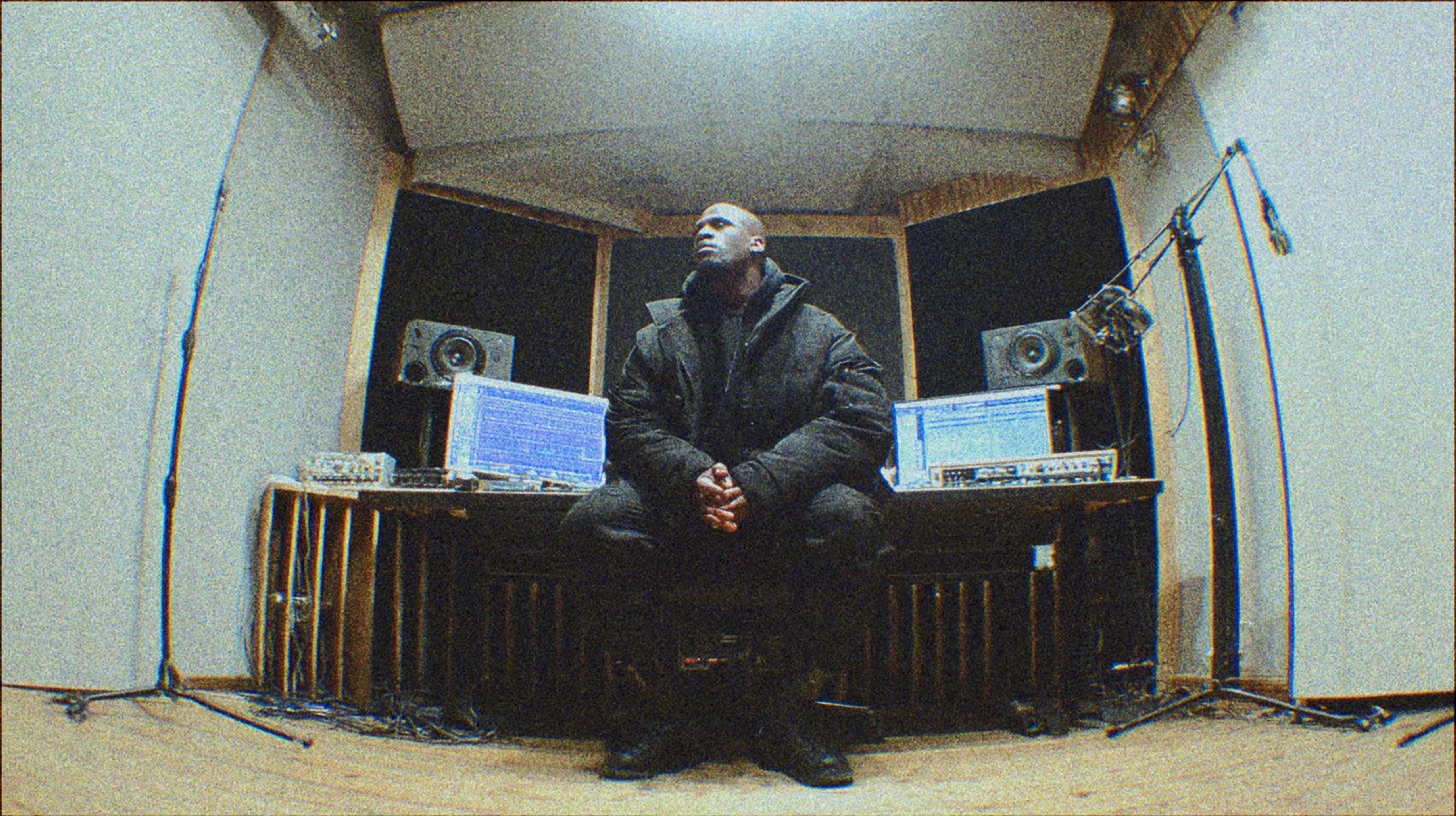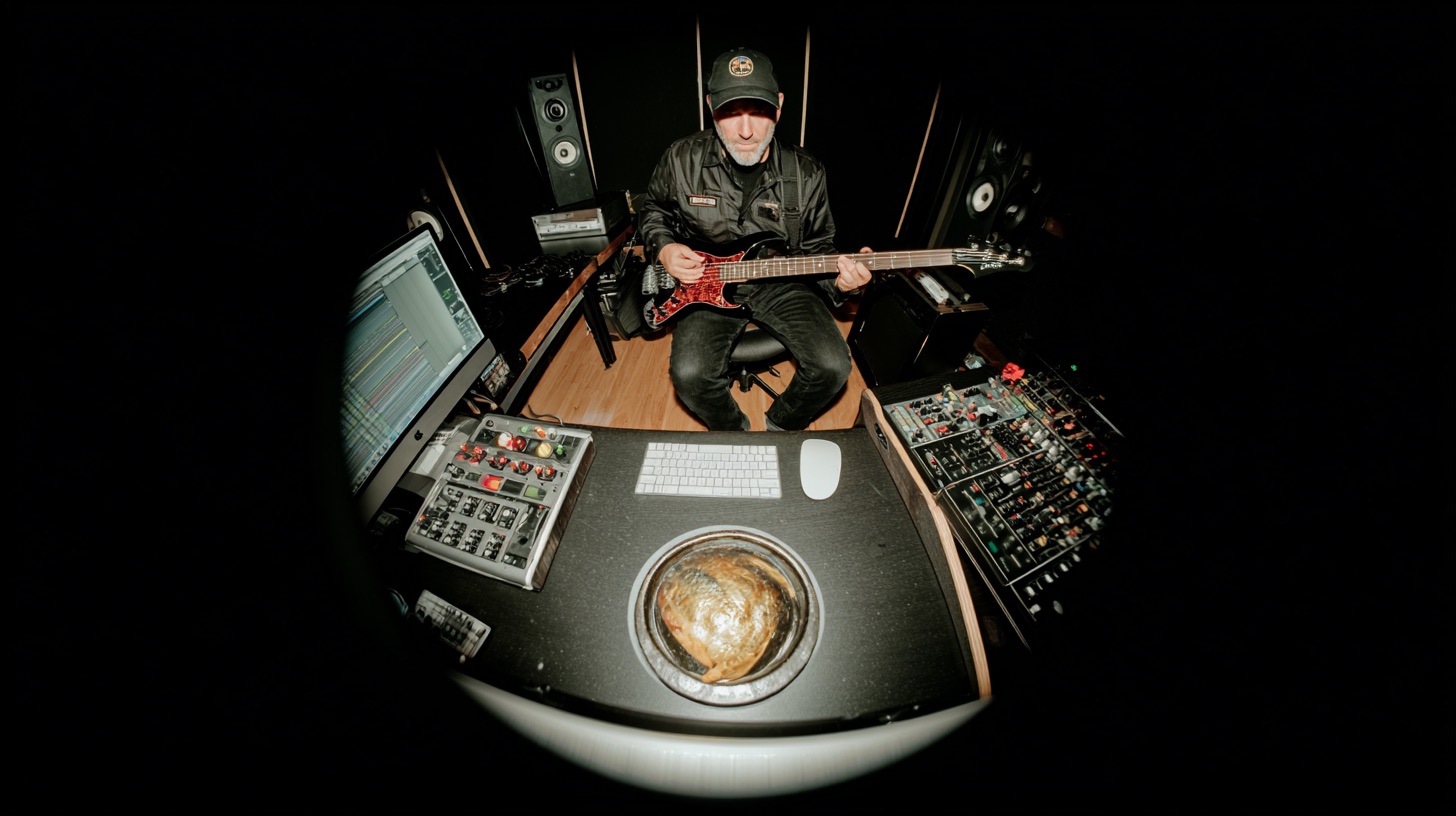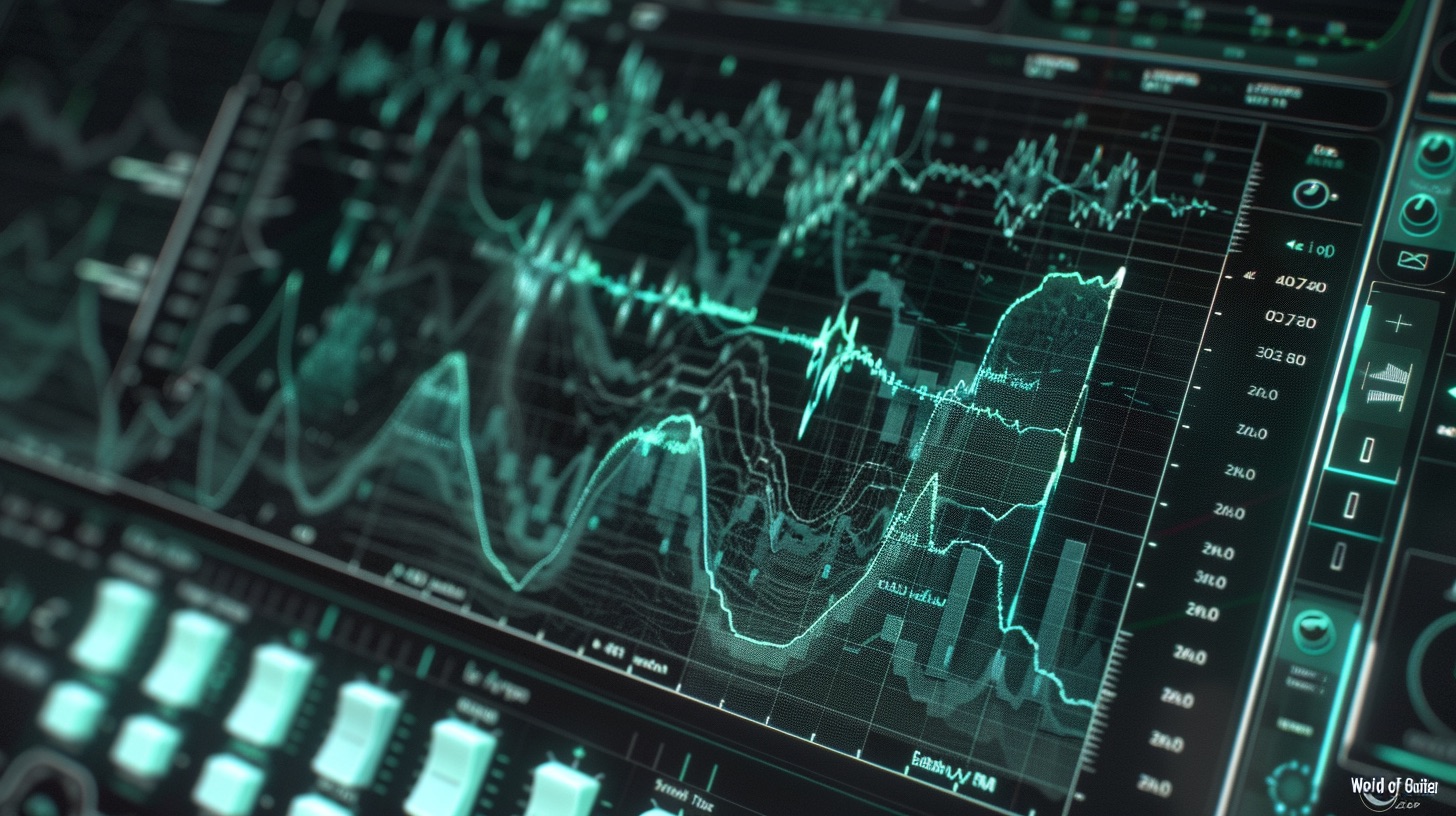
Why Your Kontakt Drums Sound Fake (And How to Fix It)
Nail The Mix Staff
We’ve all heard it. That sterile, machine-gun snare roll. The kick and snare that sound like plastic Tupperware being hit in a vacuum. You download a killer Kontakt drum library from a top-tier producer, load up a MIDI groove, and instead of a face-melting drum performance, you get… a shitty robot.
The common complaint is that modern metal drums just sound fake. But here’s the thing: most of the massive, punchy, “real” sounding drums you hear on your favorite records are loaded with samples and editing. The problem isn’t the tools—it’s how you use them.
Your DAW won’t humanize itself. It’s on you to take that pristine-but-lifeless MIDI and make it breathe. The secret isn’t in finding some magic plugin; it’s in embracing imperfection. Let's dig into some pro-level techniques to get your Kontakt drums out of the uncanny valley and into face-ripping territory.
The "Too Perfect" Problem with Programmed Drums
Kontakt libraries from companies like GetGood Drums, Mixwave, and Toontrack (with Superior Drummer) have put the sounds of legendary drum rooms and producers right at our fingertips. It’s an incredible time to be a producer. You can get the exact GGD Matt Halpern snare or a Chris Turner kick sound in your home studio.
The trap is thinking the library does all the work. You drag in a MIDI file, every hit is locked to the grid, and every snare backbeat is at a velocity of 127. Your brain hears that perfect repetition and immediately checks out.
Real drummers are messy. Even the tightest players—guys like Mario Duplantier or Matt Garstka—have subtle variations in their timing and velocity. That’s what makes a performance feel human and exciting. When every hit is identical, it’s just noise.
Stop Replacing, Start Reinforcing
Let’s shift our mindset. Instead of using samples to completely replace a live drum recording, think of them as a way to reinforce and enhance it. This is a technique top mixers like Dave Otero (Cattle Decapitation, Archspire) use all the time.
Imagine this scenario: you’ve got a killer drum take, but during the blast beats, the snare gets a little lost. It’s physics—a drummer can’t hit as hard when they’re playing at 250 BPM as they can on a slow, pounding backbeat. The snare hits are naturally weaker.
The Bleed Problem: Why You Can't Just "Turn Up the Snare"
Your first instinct might be to automate the volume on the live snare track just for those blast sections. The problem? You’re not just turning up the snare; you’re turning up everything else that microphone picked up. Suddenly, you’ve got a rush of harsh cymbal bleed and washy, “crusty” artifacts flooding your mix. This creates weird frequency boosts that are incredibly distracting. Trying to fix this with EQ can be a nightmare and often makes things worse.
The Pro Move: Velocity Automation
Here’s the smart solution. Instead of touching the fader on the live snare, you use a triggered sample to add the missing power.
- Set up your trigger: Use a plugin like Slate Trigger 2 or the built-in audio-to-MIDI function in your DAW to create a MIDI track that mirrors the live snare performance.
- Load your sample: Route that MIDI to your favorite Kontakt snare sample.
- Automate Velocity, Not Volume: Now, in the MIDI editor for your sample track, select the notes during the blast beat and crank up their velocity.
This is the key. By increasing the MIDI velocity, you’re not just making the sample louder. In a quality multi-sampled instrument, you’re triggering a completely different, harder-hit sample. A velocity of 90 is a different recording than a velocity of 127. This gives you all the punch and aggression you need without a single bit of extra cymbal bleed. The result is a drum performance that sounds balanced, powerful, and way more aggressive.
The Art of Humanization: Making MIDI Breathe
Okay, so you're reinforcing with samples. Now how do you make the MIDI itself sound like a real person played it?
Timing: Get Off the Grid (But Not Too Far)
Quantizing to 100% is the fastest way to make your drums sound robotic. No human is ever perfectly on the grid.
A common pro technique is to quantize with less than 100% strength. For example, Dave Otero often quantizes blast beats to around 90% tightness. This pulls the performance closer to the grid, making it tight and focused, but it preserves some of the original drummer’s push-and-pull feel. It cleans things up without sterilizing the performance.
Of course, to edit effectively, you have to understand the part. Knowing what a "bomb blast" is supposed to feel like allows you to make intentional choices about which hits to tighten and which to leave alone.
Velocity: The Real Secret to Dynamics
This is non-negotiable. Go into your DAW’s piano roll or MIDI editor and get hands-on with velocities.
- Ghost Notes: Drop the velocity way down (e.g., 20-50). These should be felt more than heard.
- Backbeats: These should be your strongest hits, but don't just set them all to 127. Vary them slightly (e.g., 120, 127, 124, 126).
- Fills: Think about how a real drummer plays a fill. They often start strong and might trail off slightly, or they might build intensity into the next section. Program a natural dynamic arc into your fills.
Sample Selection: Why Round Robins Are Your Best Friend
Ever program a fast snare or kick roll and get that dreaded "machine gun" effect? That’s because you're triggering the exact same sample over and over.
This is where multi-samples and round robins come in. Quality Kontakt libraries are built with this technology. When you play two notes at the same velocity, the instrument automatically cycles between different recordings of that same hit. This tiny variation is crucial for realism. If your drum library doesn’t have round robins, it’s going to be nearly impossible to program realistic fast parts.
Don't Forget the Bus Processing
Even the best-programmed Kontakt drums need some love to sit right in a mix. You’re dealing with a collection of perfect individual samples, but they need to sound like they were one kit, played in one room.
EQ and Compression on the Drum Bus
Run all of your drum tracks (the Kontakt output and any live mics you’re blending in) to a single stereo bus. This is where you can glue everything together.
- EQ: Use a broad, musical EQ like a Pultec EQP-1A emulation or FabFilter Pro-Q 3 to add a touch of low-end weight or top-end air to the whole kit. You can also use it for surgical cuts to tame problem frequencies across the board. For more on this, check out our deep dive into EQ strategies for mixing modern metal.
- Compression: This is the "glue." A compressor like an SSL Bus Compressor or The Glue from Cytomic will help gel the individual drum hits into a cohesive unit. Use a slow attack to let the transients of the kick and snare punch through, and a fast release to bring up the body and sustain of the kit. Dive deeper into metal compression secrets here.
Bringing It All Together
Getting professional, realistic metal drums from Kontakt isn’t about finding a magic preset. It’s about thinking like a drummer and a mixer.
- Reinforce, don't just replace. Use samples to add power where it’s needed.
- Automate velocity, not volume, to avoid bleed.
- Humanize your MIDI with careful quantization and dynamic velocity programming.
- Use quality multi-sampled libraries with round robins.
- Glue it all together with smart bus processing.
These techniques will instantly level up your programmed drums. But imagine watching a world-class producer actually apply these concepts, dialing in the perfect blend of live and sampled drums, and shaping them to sit in a dense mix with guitars, bass, and vocals.
At Nail The Mix, that’s exactly what you get. Every month, you get the raw multi-tracks from a massive metal song and watch the original producer mix it from scratch, explaining every single move. See how they tame cymbal bleed, program MIDI, and make their drums absolutely crush.
Ready to see how the pros do it? Learn to mix modern metal beyond the presets.
Get a new set of multi-tracks every month from a world-class artist, a livestream with the producer who mixed it, 100+ tutorials, our exclusive plugins and more
Get Started for $1






